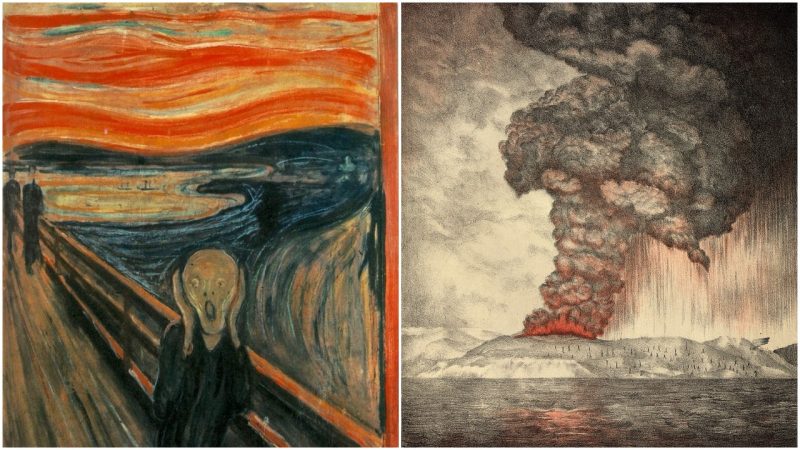Edvard Munch’s famous painting The Scream is arguably one of the most recognizable paintings in the world. The painting, which is often referred to as an icon of modern art and the principal masterpiece of Expressionism, is actually a part of Munch’s series of four similar paintings entitled Der Schrei der Natur (The Scream of Nature). Munch finished the principal painting in 1893, several months after he outlined its composition in the first painting from the series.
The Scream depicts a human figure whose face is distorted by an expression of overwhelming terror and anxiety; the landscape behind the figure consists of a fiery orange sky above a bleak body of water. Most art theorists say that Munch envisioned the painting as an expression of mental instability and dread caused by existential anxiety: the painter’s diary entry from January of 1892 details the event which inspired the composition: “I was walking along the road with two friends–the sun was setting–suddenly the sky turned blood red–I paused, feeling exhausted, and leaned on the fence–there was blood and tongues of fire above the blue-black fjord and the city–my friends walked on, and I stood there trembling with anxiety–and I sensed an infinite scream passing through nature.”
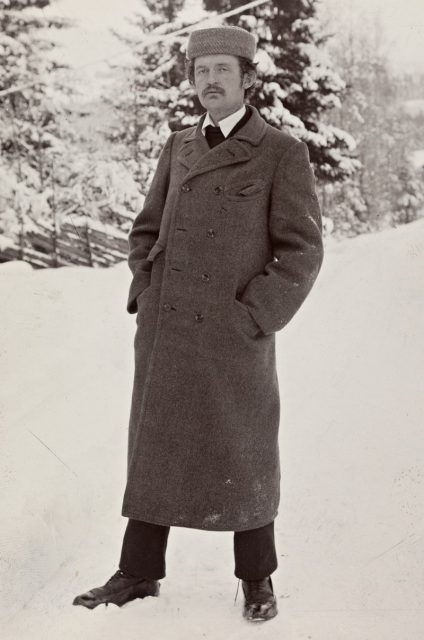
Although Expressionists were keen on painting the scenes they saw in their mind and were rarely interested in replicating the actual scenes they encountered in their surroundings, some contemporary researchers, including Donald Olson, a physics and astronomy professor at Texas State University, argue that the fiery orange sky in the background behind Munch’s terrified figure was inspired by the unusual bloody orange sky that the painter saw in 1883 and 1884.
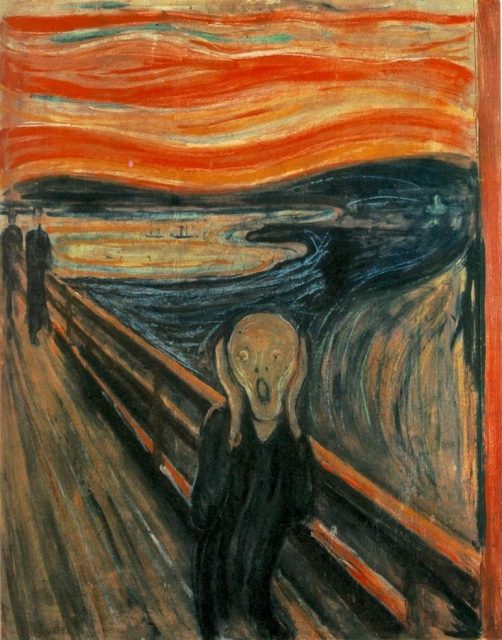
At that time, airborne debris from the devastating eruption of the Krakatoa volcano in the Dutch East Indies, present-day Indonesia, traveled to Europe and caused the dawns and twilights in Norway, the painter’s homeland, to become blood orange and red.
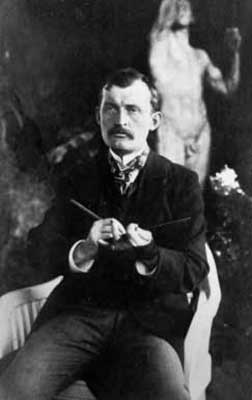
The Krakatoa eruption occurred in late August 1883 and was one of the most destructive natural catastrophes in recorded history. The entire archipelago of Krakatoa was destroyed, and the immediate consequences of the eruption, which included 100-foot-high tsunamis, resulted in the deaths of nearly 37,000 people. At one point during the morning of August 27th, the eruption triggered a natural explosion that could be heard as far as the island of Rodrigues near Mauritius, 3,000 miles away from the Krakatoa archipelago. The explosion, which was roughly four times more powerful than the explosion caused by the Tsar Bomba, the most powerful thermonuclear bomb ever detonated, caused the loudest sound perhaps heard in the history of mankind.
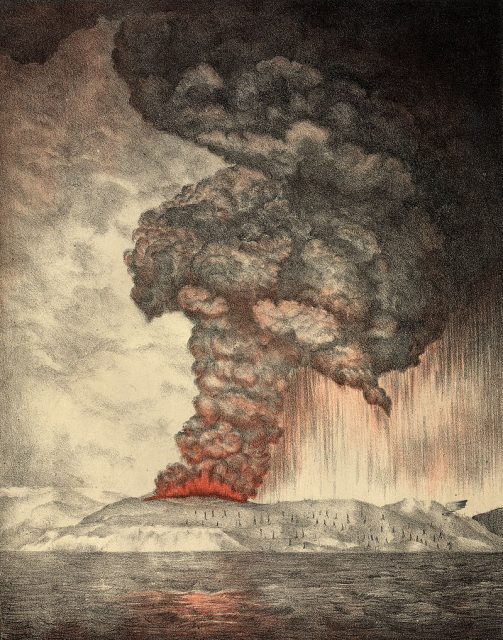
Powerful oceanic air currents above Indonesia picked up the airborne particles of debris and carried them into the atmosphere, and the debris quickly spread across the globe.
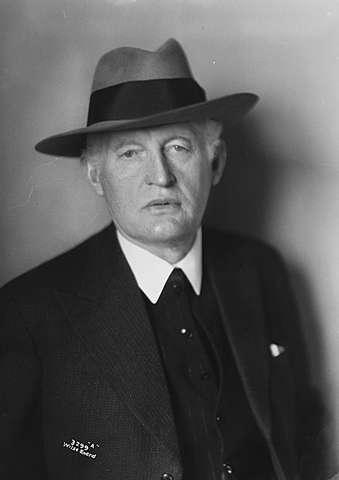
In late 1883 and early 1884, Norwegian newspapers reported that the strange atmospheric conditions above the country, which included unusual and extremely vivid colors in the sky, were most definitely caused by the Krakatoa debris. Therefore, Munch must have surely seen the bloody sky, but it is questionable whether it inspired the colors of his most famous painting.
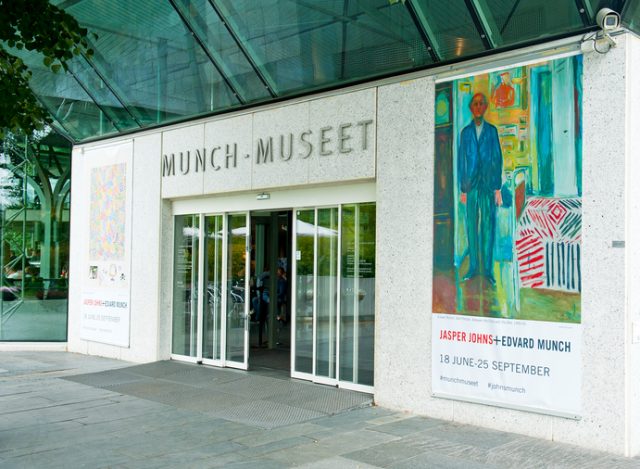
Throughout the 1890s, Munch’s work was regularly inspired by events and personal experiences from the earlier decades of the 19th century. Among other themes, his paintings of the time contemplated the death of his mother, which occurred 1868, and the death of his sister, which devastated him in 1877. It is not unlikely that some unusual events, such as the strange vivid skies of 1883 and 1884, inspired some of his motifs.
We will probably never know whether the connection between The Scream and the Krakatoa eruption was devised by the painter himself or is a mere historical coincidence. Either way, the enigmatic masterpiece left an indelible mark on humanity.
